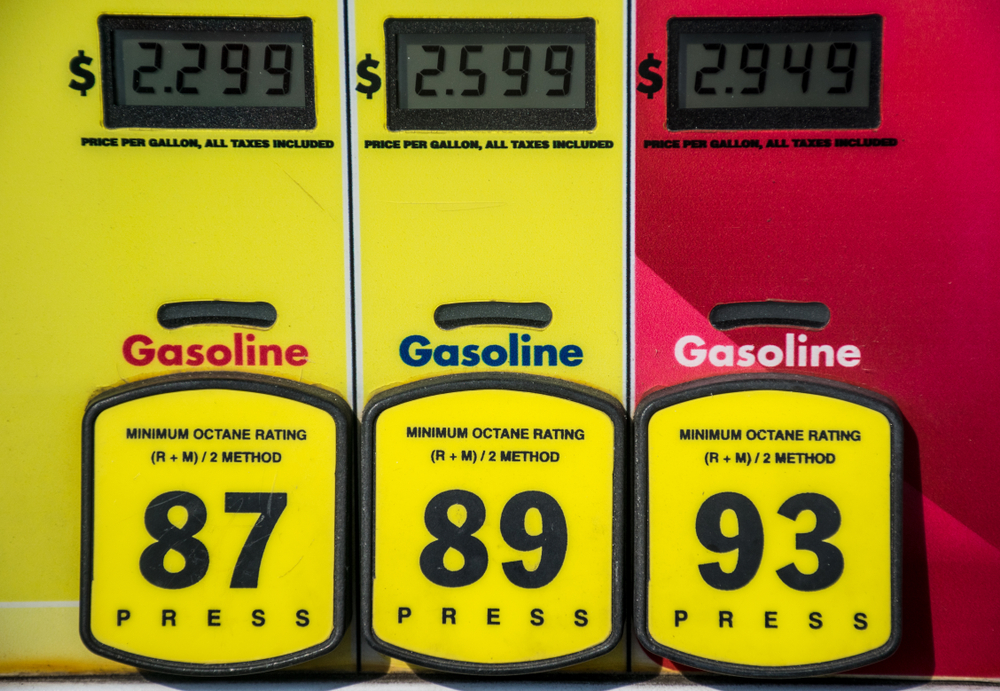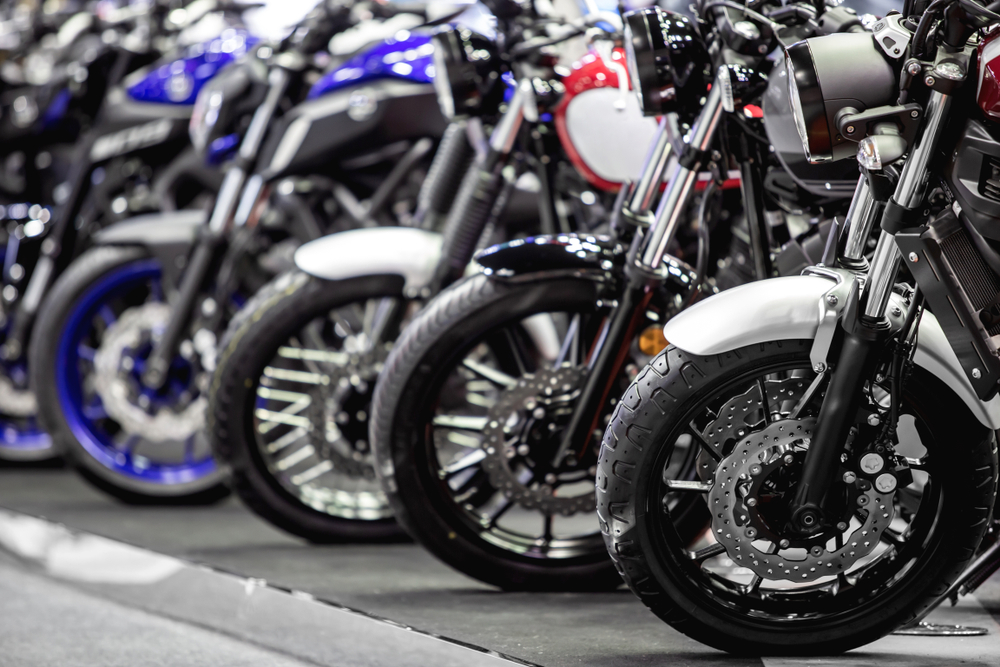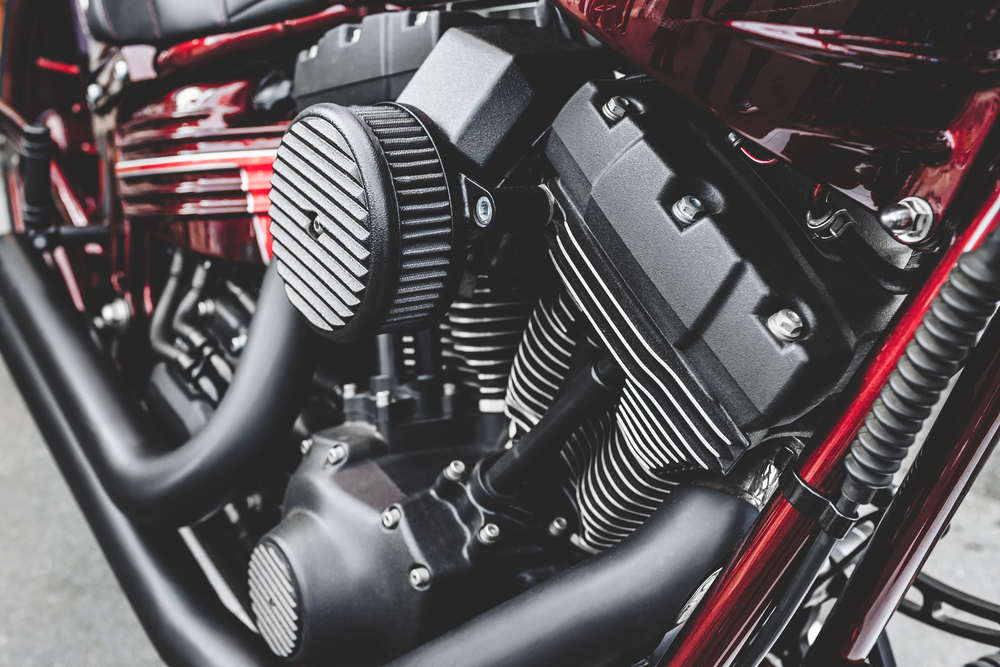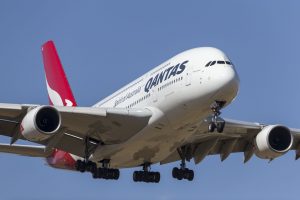When you’re new to riding a motorcycle, knowing what to fill it up with at the fuel pump can be confusing.
After all, there’s no special designation for motorcycles, and the vast majority of vehicles going through fuel stations are cars and trucks.
But instead of just taking a guess or using the same gasoline you’ve always used in your car, it’s important to fuel your motorcycle correctly.
Most motorcycles need an ethanol-free fuel that has a high octane rating. This generally means either unleaded or premium gas options, but it is important to pay attention to the specific motorcycle model as well as the descriptions found at the gas pump.
Table of Contents
What is octane rating, and why is it important?

In simple terms, the octane rating of gasoline is the number that describes the efficiency of the fuel and how tolerant it is under pressure.
This is important, as fuels with lower efficiencies, or octane ratings, are more likely to ignite while compressed under pressure.
Since motorcycle designs naturally apply a lot of pressure to the fuel used within them, a high octane rating is crucial to both performance and safety.
At almost all gas station pumps, the octane rating is visible right above or next to the handle and near the type of fuel indicated (unleaded, premium, etc.)
At some gas stations, the octane rating number may be on the handle itself.
What octane rating is best for motorcycles?
The ideal octane rating for most motorcycles is going to be very high, between an 84 and a 94.
This is because motorcycles in general have engines considered to be high in pressure or compression, though the exact amount of compression varies between models.
It’s always a good idea to look up your specific motorcycle model or talk with the dealer (or wherever you bought it from) about the ideal octane rating first before filling up your motorcycle with fuel.

Will a high octane make motorcycles go faster?
No, it’s a common myth that a high octane rating will make motorcycles go faster. Octane is all about how the fuel interacts with compression and running efficiently isn’t the same as going fast.
Instead, a high octane can help the motorcycle run more smoothly and need fewer pit stops.
What is ethanol?
Ethanol is a type of fuel additive rather than fuel itself. It is made up of simple, denatured alcohol and is a colorless, highly-flammable (combustible) liquid.
Combined with gasoline, ethanol increases the octane level.
Why do motorcycles need ethanol-free gasoline?
While it is technically possible to ride a motorcycle with an ethanol-added fuel, most motorcycle manufacturers advise riders to use gasoline without ethanol, and with good reason.
Not only can ethanol decrease mileage, but it can contribute to a host of other problems.

The main problems motorcycle enthusiasts cite with ethanol are as follows:
- Fuel with ethanol generally has a shorter shelf life than gasoline without it.
- Exposure can rust the metal lining the fuel system. Prolonged exposure can also warp other parts made of plastic or rubber.
- Ethanol soaks up water, and once it absorbs enough, contamination and even phase separation can occur.
- Ethanol can cause debris deposits to build up along the engine parts.
How do I tell how much ethanol is in gasoline?
Ethanol levels in gasoline come with their own ratings that indicate how much there is. Gasoline with an E10 rating, for example, contains about 10% ethanol.
Likewise, E15 indicates 15% ethanol. Non-ethanol gasoline will either lack one of these ratings, or it will be directly labeled as ethanol-free or “non-ethanol.”
What is the difference between types of gasoline?

Although there are a lot of sub-varieties, the gasoline you see at a gas station can generally be divided into three main categories:
- Regular or “Unleaded” – The common fuel type typically clocks in at around an 85 or 87 octane rating and is considered the go-to for the average vehicle. This type of gas also tends to be the most budget-friendly. The term “unleaded” is a misnomer because all modern gasoline no longer contains lead as an additive.
- Mid-grade or “Premium” – This type of gas typically ranges from 88 to 90 in octane level and benefits cars and motorcycles meant to run on higher octanes. “Mid-grade” is sometimes separate from “premium” at the gas pump, so it’s important to pay attention to the octane range here.
- Super-premium or “plus” – With a 91 to 94 octane rating, this is the highest tier available to the general public. Motorcycles rarely need this kind of gas, and most will run just fine without it, but certain models designed for high performance (and with larger engines) may do well with it.
Are there different kinds of fuel for motorcycles?
There is no one perfect fuel that suits all motorcycles. Not only are motorcycles are built to run on different kinds of fuel blends, but different models and engines tend to thrive on slightly different purities and octane levels.
Motorcycles can run on higher or lower octane levels than the recommended 84 to 94, but the result may be poorer performance.

Can you use diesel in a motorcycle?
Diesel fuel requires an engine that is specially built for it. These engines are few and far between on modern motorcycles, but some do have them.
When purchasing a motorcycle with a diesel engine, this should be made clear upfront by the seller.
Does it really matter what kind of fuel goes into a motorcycle?
Like other vehicles, the type of fuel used in a motorcycle does matter if the owner hopes to have smooth performance and longevity.
Motorcycles being consistently run on a lower octane fuel, for example, will undergo extra wear and tear and are not likely to last as long as the same models run on higher octanes.
What will happen if the wrong fuel is used in a motorcycle?
Typically, a less-than-ideal fuel used in a motorcycle will not be noticeable at first. Instead, reduced mileage and performance (including a “knocking” sensation while running) will be gradually noticed.
The rate at which this occurs can depend on the amount of fuel used and for how long.

The wrong type of fuel in a motorcycle can lead to some serious problems down the road. For example, using fuel with a low octane rating will combust faster in the smaller engine space, causing unnecessary wear and tear on the engine.
This will lead to irreversible damage, not to mention poor fuel efficiency.
What should I do if I put the wrong fuel in a motorcycle?
Many motorcyclists make the mistake of attempting to run their bike until the wrong fuel is all burned out, or they try to top it off with the right gas.
But this can cause damage.
Instead, the best thing to do is stop riding at the nearest convenience and drain the fuel manually (this can also be done at a qualified motorcycle garage or mechanic).
In order to prevent damage, the system will need to be flushed before new fuel can safely be added in.
How much fuel do motorcycles need?
The average motorcycle has a mileage of about 50 miles per gallon of fuel. Nevertheless, there are more fuel-efficient models available today that have much better mileages.

Two of these examples include the Honda Rebel and the Royal-Enfield 250-cc, which are advertised as getting around 85 miles per gallon.
Are there electric or hybrid motorcycles?
With more electric or hybrid car models getting introduced to the market every year, it’s only reasonable to wonder if motorcycles come in those options as well.
There are. One of the best examples is the Energica EGO+RS, an electric motorcycle that can get an impressive 261 miles per battery charge.
As for hybrid motorcycles, one example is the Furion M-1 Concept, which runs on a combination gas and electric engine.
It gets around 60 miles per gallon but falls back on electric power to delay refill needs.

















